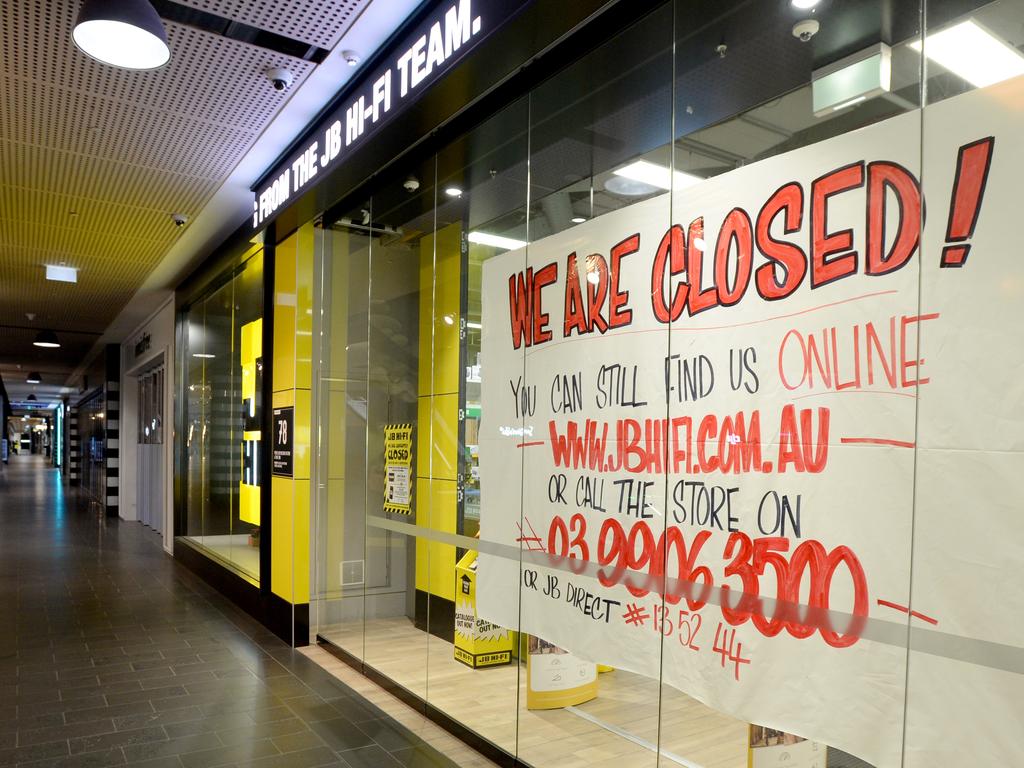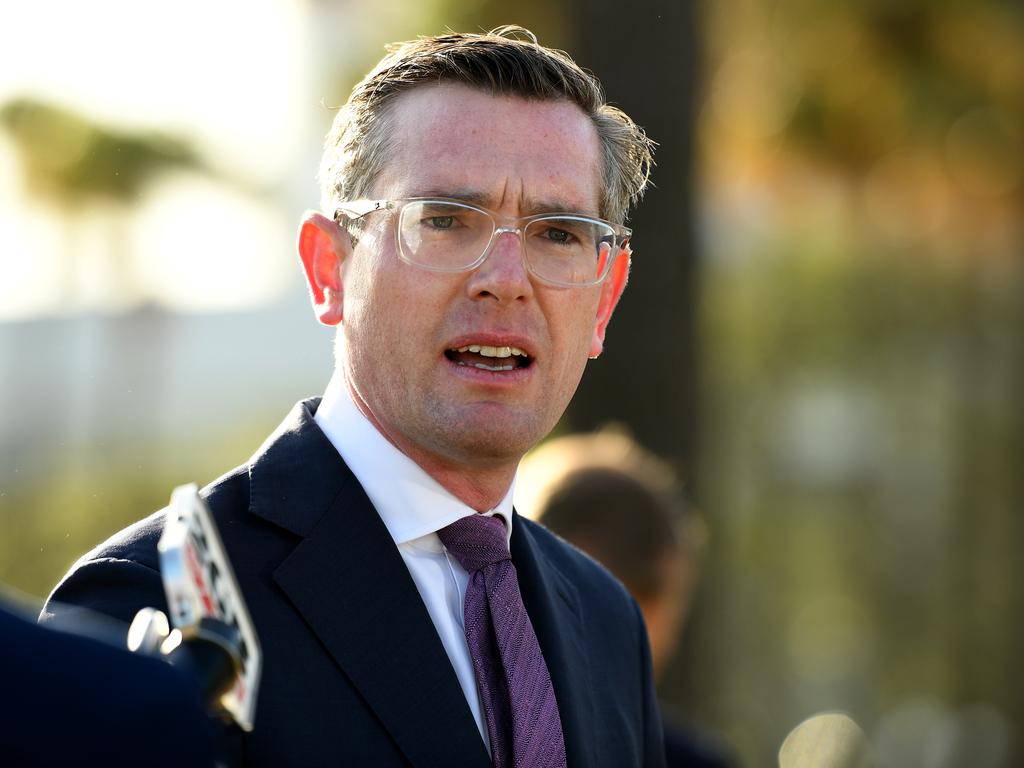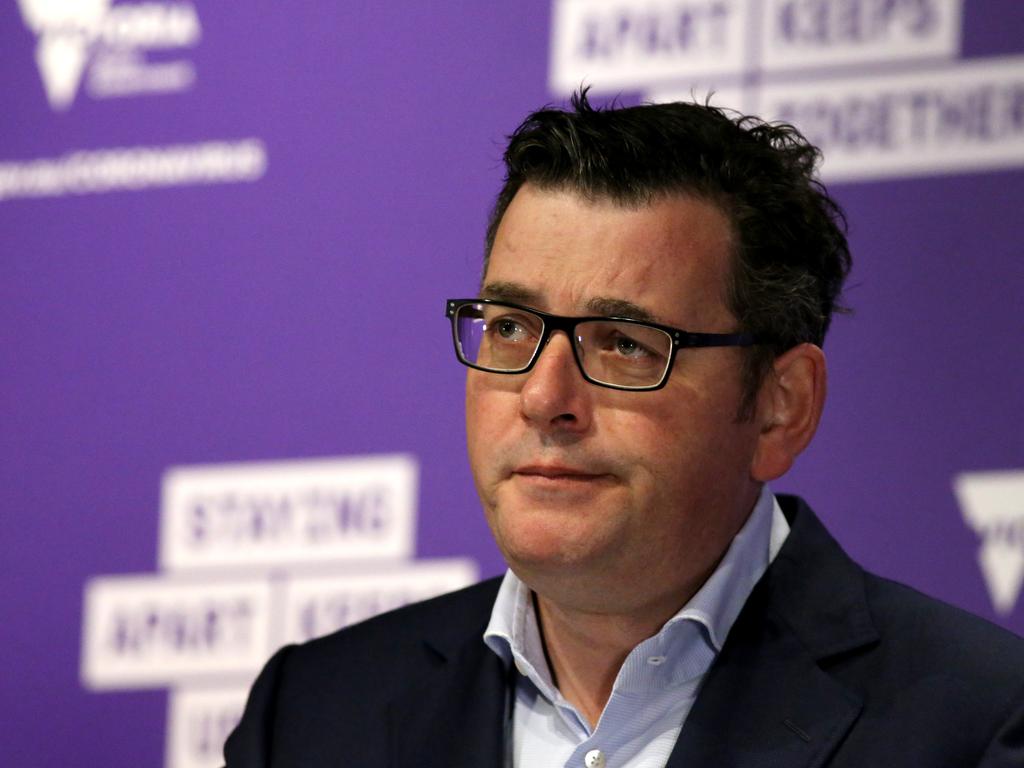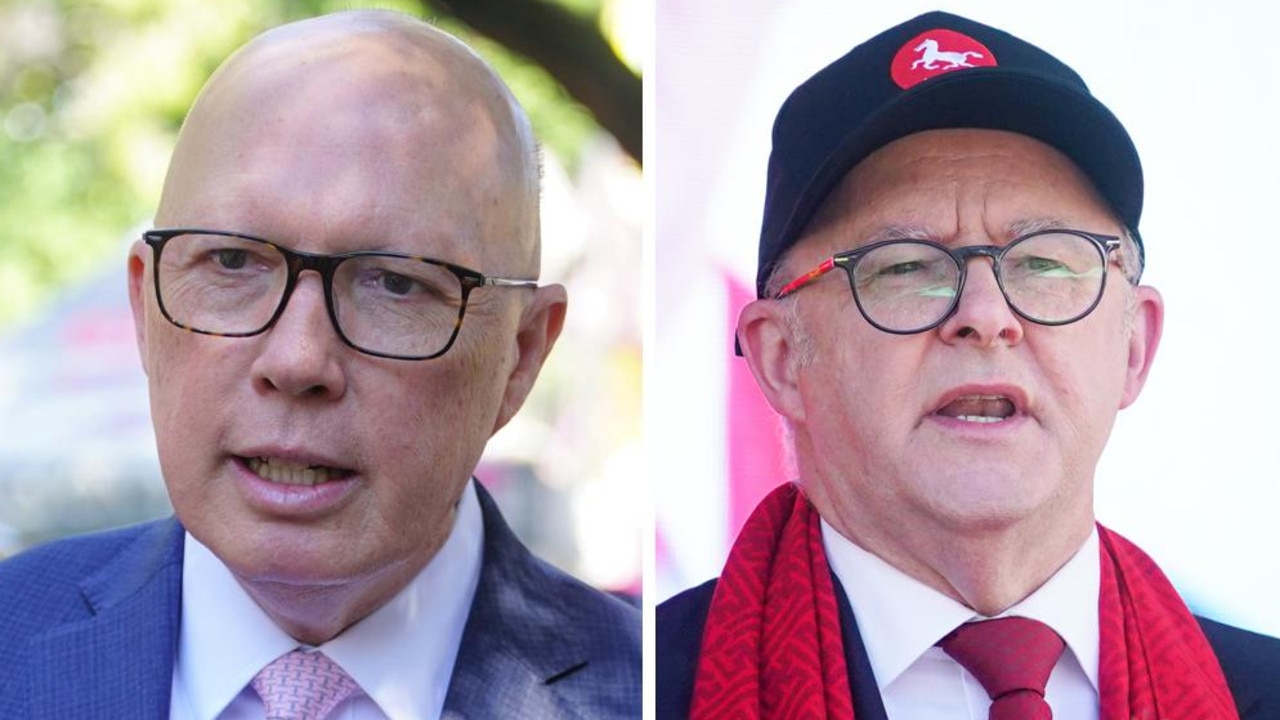Jobless crisis to worsen: Treasury
Treasury analysis tips the effective national jobless rate to return to peak pandemic highs of above 13 per cent in the coming months.
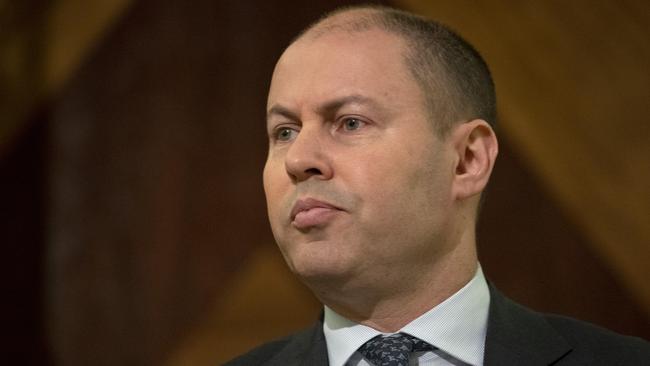
Josh Frydenberg says Australia’s economy won’t bounce back until the Victorian crisis is brought under control, with new Treasury analysis showing lockdowns and border closures are crushing national jobs recovery.
Treasury analysis tips a deterioration in the effective national jobless rate, which is expected to return to the peak pandemic highs in the coming months of above 13 per cent after coming down to 9.9 per cent last month.
The Treasurer has blamed the Victorian lockdown sparked by its second wave of coronavirus and state border closures for stalling the recovery, following signs a rebound had been well under way across other parts of the country, led by NSW.
“There is still a long way to go through this crisis and high frequency data is showing signs that the jobs recovery may be slowing as state border closures have been tightened,” Mr Frydenberg said.
Writing in The Australian, Mr Frydenberg says the “nation is clearly at two different stages when it comes to COVID-19.
“There is Victoria, and there is the rest.
“With Victoria representing a quarter of the national economy, getting it back on track is absolutely critical to the nation’s recovery.”
He said the road to recovery would be bumpy, but the jobs recovery across the rest of the country “gives cause for optimism’’.
“Outside Victoria, the number of people on unemployment benefits is around 3 per cent below the peak in May.
“In Victoria, it’s now 3 per cent above what it was in May.
“In April, Victorians made up around 30 per cent of those stood down on zero hours across the country. In July, it had risen to around 50 per cent.”
The Treasury analysis to be released on Monday shows NSW had been leading a national economic recovery with 70 per cent of all those who had lost their jobs or been stood down having returned to some form of work by July.
A total of 689,000 of the 1.3 million jobs lost or frozen across the country during the economic hibernation had been recovered, according to analysis of labour market data between April and July.
Almost half of all those jobs recovered nationally, 315,000, occurred in NSW.
NSW has showed the strongest recovery, having lowered its effective unemployment from 15.8 per cent in April, then the highest in the country, to 8.5 per cent in July and ahead of all states and territories with the exception of Tasmania and the ACT.
It had also contributed to a significant decline in taxpayer funded welfare payments.
Treasury modelling shows that Queensland, with its draconian border closures, had been the slowest to recover and now had the highest effective unemployment rate, behind the Northern Territory, at 11.4 per cent.
It also had the highest “official” jobless rate in the country at 8.8 per cent.
Victoria’s effective jobless rate was 10.5 per cent, down from its peak of 14.6 per cent in April but the stricken state now represents almost half of all Jobkeeper payments in the county and has recorded an almost 4 per cent rise in welfare payments since May.
South Australia and Western Australia’s effective jobless rates were down to 9.8 per cent, having recorded peaks of 15.3 per cent and 14.4 per cent four months ago.
The government has moved to use the “effective” unemployment rate because of the “unusual nature of the COVID-19 shock”, claiming the more commonly used official unemployment rate did not paint an entire picture of the grim circumstances.
The effective jobless rate includes those who are looking for work, those who have been stood down and working zero hours (effectively unemployed) and those who had lost their jobs since March but were not looking for work. This category is not included in the official rate.
Treasury analysis forecasts the effective unemployment rate, which fell from 14.9 per cent in April to 9.9 per cent in July, to return to peaks of more than 13 per cent in August and September.


